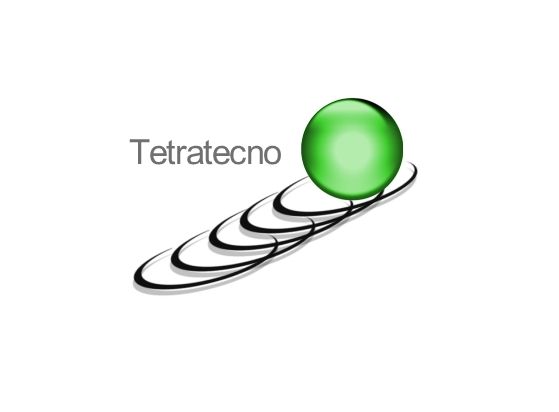POLYSTYRENE INSULATION...when the warm stays in the house
Expanded Polystyrene (EPS)
Expanded Polystyrene, or EPS for short, is a lightweight, rigid, plastic foam insulation material produced from solid beads of polystyrene (with a diameter of 0,2 to 0,3 mm). Expansion is achieved by virtue of small amounts of pentane gas dissolved into the polystyrene base material during production. The gas expands under the action of heat, applied as steam, to form perfectly closed cells of EPS. These cells occupy up to 50 times the volume of the original polystyrene bead. The EPS beads are then moulded into appropriate forms suited to their application.
There are 5 manufacturing stages:
- Pre-expansion: polystyrene granules are expanded by free exposure to steam to form larger beads, each consisting of a series of non-interconnecting cells.
- Conditioning: after expansion, the beads still contain small quantities of both condensed steam and pentane gas. As they cool, air gradually diffuses into the pores, replacing, in part, the other components.
- Moulding: the beads are moulded to form boards, blocks or customised products. The mould serves to shape and retain the pre-foam, and steam is again used to promote expansion. During moulding, the steam causes fusion of each bead to its neighbours, thus forming a homogeneous product.
- Shaping: following a short cooling period, the moulded block is removed from the machine, and after further conditioning, may be cut or shaped as required using hot wire elements or other appropriate techniques.
- Post-production processing: the finished product can be laminated with foils, plastics, roofing felt, fibreboard or other facings such as roof or wall cladding material.
Expanded polystyrene foam (EPS) is usually white. Some new innovative EPS products are grey due to the inclusion of graphite, which substantially increases the insulation performance. EPS is safe, non-toxic and inert. At any time of his life cycle does it contain any Chlorofluorocarbons (CFCs) or Hydrofluorocarbons (HCFCs).
The most important properties of EPS are :
- excellent thermal performance (lambda between 0.038 and 0.030W/m.K)
- high compressive strength
- outstanding impact absorption
- low weight
- imperviousness to moisture
- 100% recyclable
Extruded polystyrene (XPS)
Extruded polystyrene is produced by a continuous extrusion process: blowing-agent-free polystyrene granules are melted in an extruder and a blowing agent is injected into the extruder under high pressure where it dissolves into the polystyrene melt. This blowing-agent containing melt exits the extruder via a slot die. The blowing agent expands due to the drop in pressure which causes the polystyrene to foam into the form of a board with homogeneous and closed cell structure. The main used blowing agent is CO2. For some special applications requiring a very low thermal conductivity HFC’s are the preferred blowing agent. The blowing agents used for the products distributed by Saint-Gobain isover have zero ozone depletion potential (ODP).


